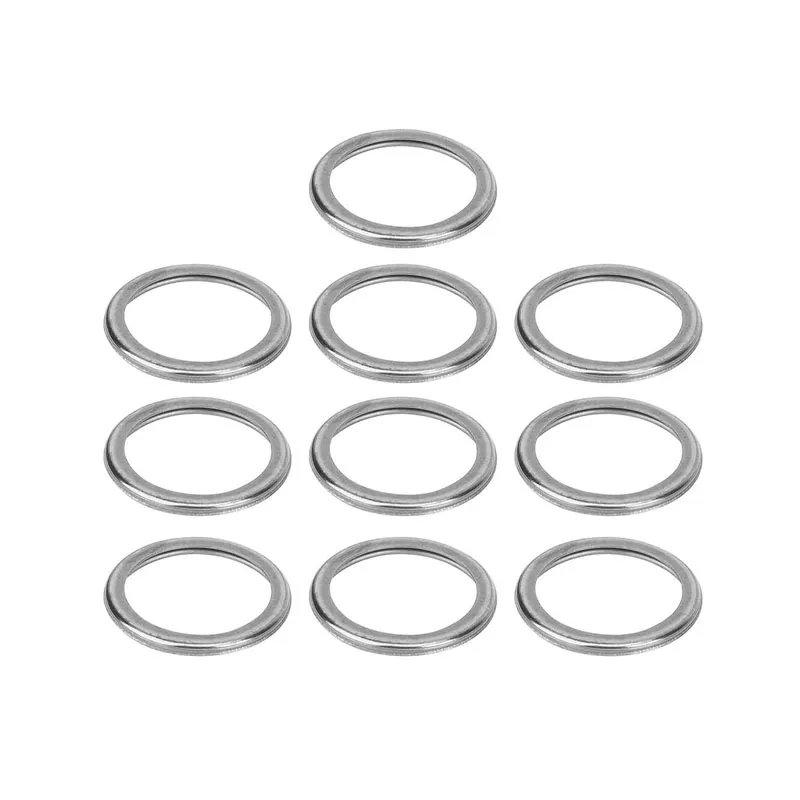flat o rings
Understanding Flat O-Rings A Comprehensive Guide
Flat O-rings are essential components used across various industries for sealing applications. Unlike traditional round O-rings, flat O-rings—often referred to as flat gaskets or profiles—feature a unique design that makes them suitable for unique applications where space constraints exist or where a wider sealing surface is necessary. This article explores flat O-rings, their applications, advantages, materials used, and maintenance tips.
What Are Flat O-Rings?
Flat O-rings are rubber or polymer seals designed with a flat cross-section rather than the conventional circular one. Their design allows for the creation of a larger sealing area, which can be advantageous in certain scenarios. These rings can provide excellent sealing properties against fluids, gases, and other substances, making them versatile for various sealing tasks.
Key Applications
Flat O-rings are commonly used in many applications ranging from simple household items to complex machinery in industrial settings. Some typical applications include
1. Automotive In the automotive sector, flat O-rings are often used in fuel systems, hydraulic components, and engine parts to prevent leaks and ensure effective sealing under pressure.
2. Aerospace The aerospace industry utilizes flat O-rings in fuel tanks and hydraulic systems due to their ability to withstand extreme temperatures and pressures.
3. Manufacturing In industrial machinery, flat O-rings are vital components that maintain the integrity of systems by preventing leaks of gases and fluids.
4. Electronics They can be found in electronic devices to protect sensitive components from moisture and debris.
5. Food and Beverage In food processing equipment, flat O-rings are used to ensure that seals do not contaminate food products, maintaining hygiene and safety standards.
Advantages of Flat O-Rings
Flat O-rings come with several benefits that make them preferable in specific applications
- Wide Sealing Surface The larger sealing area allows for better contact with the mating surfaces, reducing the likelihood of leaks.
- Low Profile Their flat design helps fit into spaces where traditional O-rings may not be suitable, enabling more compact designs.
- Material Versatility Flat O-rings can be made from various materials, including silicon, EPDM, Nitrile, and Viton, allowing for tailored solutions based on the application's needs.
flat o rings

- Durability Depending on the material, flat O-rings can offer significant chemical resistance, temperature stability, and durability, making them suitable for demanding environments.
Materials Used
The material selected for manufacturing flat O-rings is crucial to their performance. Here are some common materials
- Nitrile Rubber (NBR) Known for its excellent oil and fuel resistance, NBR is frequently used in automotive applications.
- EPDM Ethylene Propylene Diene Monomer is favored for outdoor applications due to its resistance to ozone, UV, and temperature extremes.
- Silicone Silicone rubber is perfect for high-temperature applications and is commonly used in food-grade products due to its non-toxic nature.
- Viton This fluoropolymer seal is effective against chemicals and high temperatures, making it suitable for harsh industrial conditions.
Maintenance and Care
To ensure the longevity and effectiveness of flat O-rings, regular maintenance is essential. Here are a few tips
- Inspect Regularly Routine inspections can help identify signs of wear, cracking, or deformation early.
- Proper Installation Ensure that flat O-rings are installed correctly to avoid damage during the process.
- Avoid Over-Tightening Excessive pressure can cause deformation and lead to failures, so it’s essential to follow manufacturer guidelines.
- Clean Carefully Use appropriate cleaning agents to avoid damaging the O-ring material, particularly in applications related to food and pharmaceuticals.
Conclusion
In summary, flat O-rings are versatile sealing solutions that provide essential functions across numerous industries. Understanding their distinct characteristics, applications, and maintenance requirements can help users select the right product for their unique needs, ultimately leading to improved efficiency and reduced costs in their operations.
-
Understanding the Front Main Engine Seal: Purpose, Maintenance, and Installation
News Jul.29,2025
-
Understanding O-Rings and Seal Rings: Types, Applications, and Custom Solutions
News Jul.29,2025
-
Understanding Crankshaft Oil Seals: Rear Seals, Pulley Seals, and Their Role in Engine Integrity
News Jul.29,2025
-
The Importance of Front and Rear Crankshaft Seals in Engine Performance and Oil Management
News Jul.29,2025
-
Crank Oil Seals: Functions, Types, and Cost Considerations in Engine Maintenance
News Jul.29,2025
-
A Comprehensive Guide to O-Rings and Seals: Types, Materials, and Global Applications
News Jul.29,2025
-
Mastering Diesel and Performance Engine Maintenance: A Guide to Critical Oil Gaskets
News Jul.28,2025
Products categories















